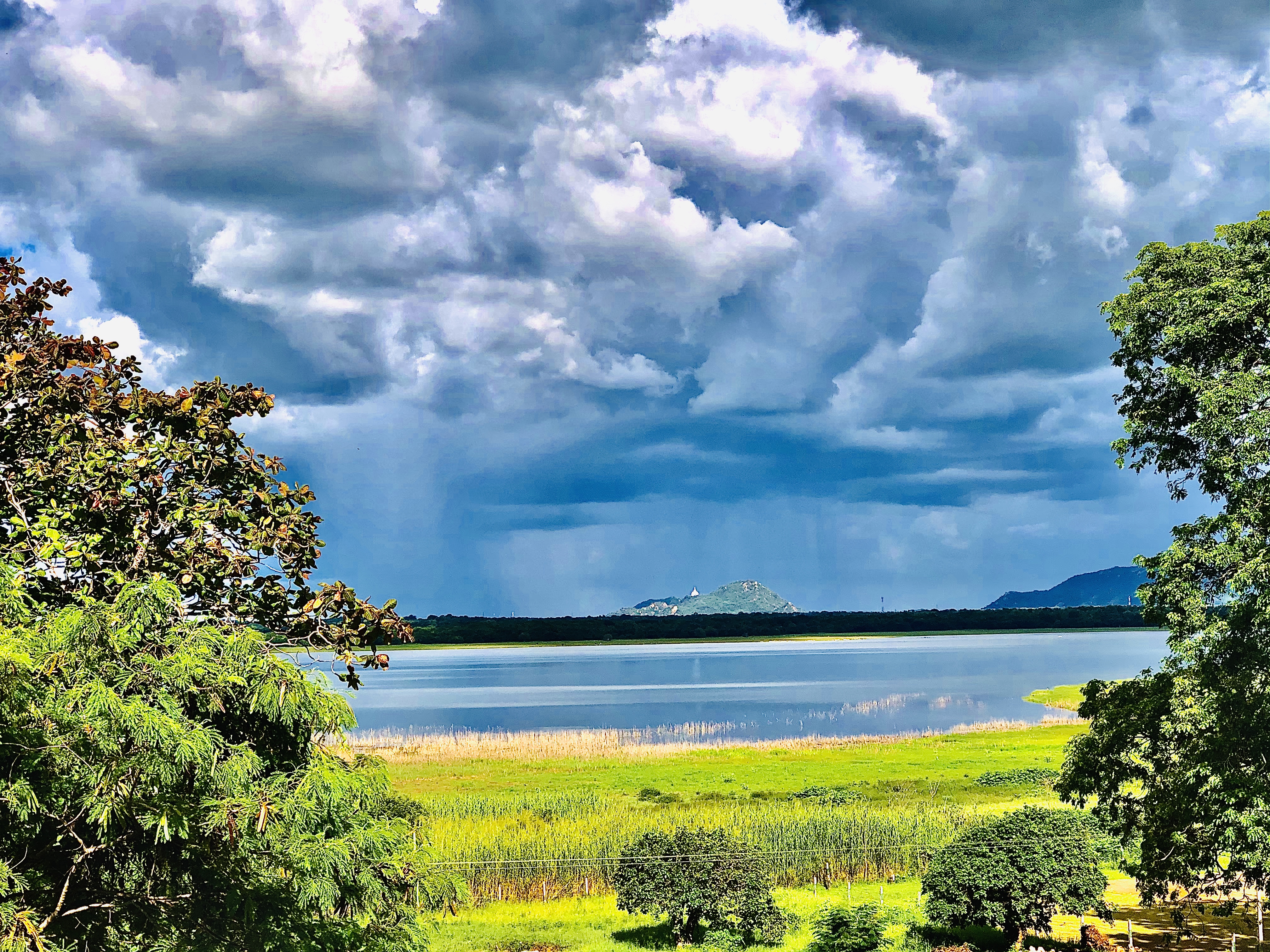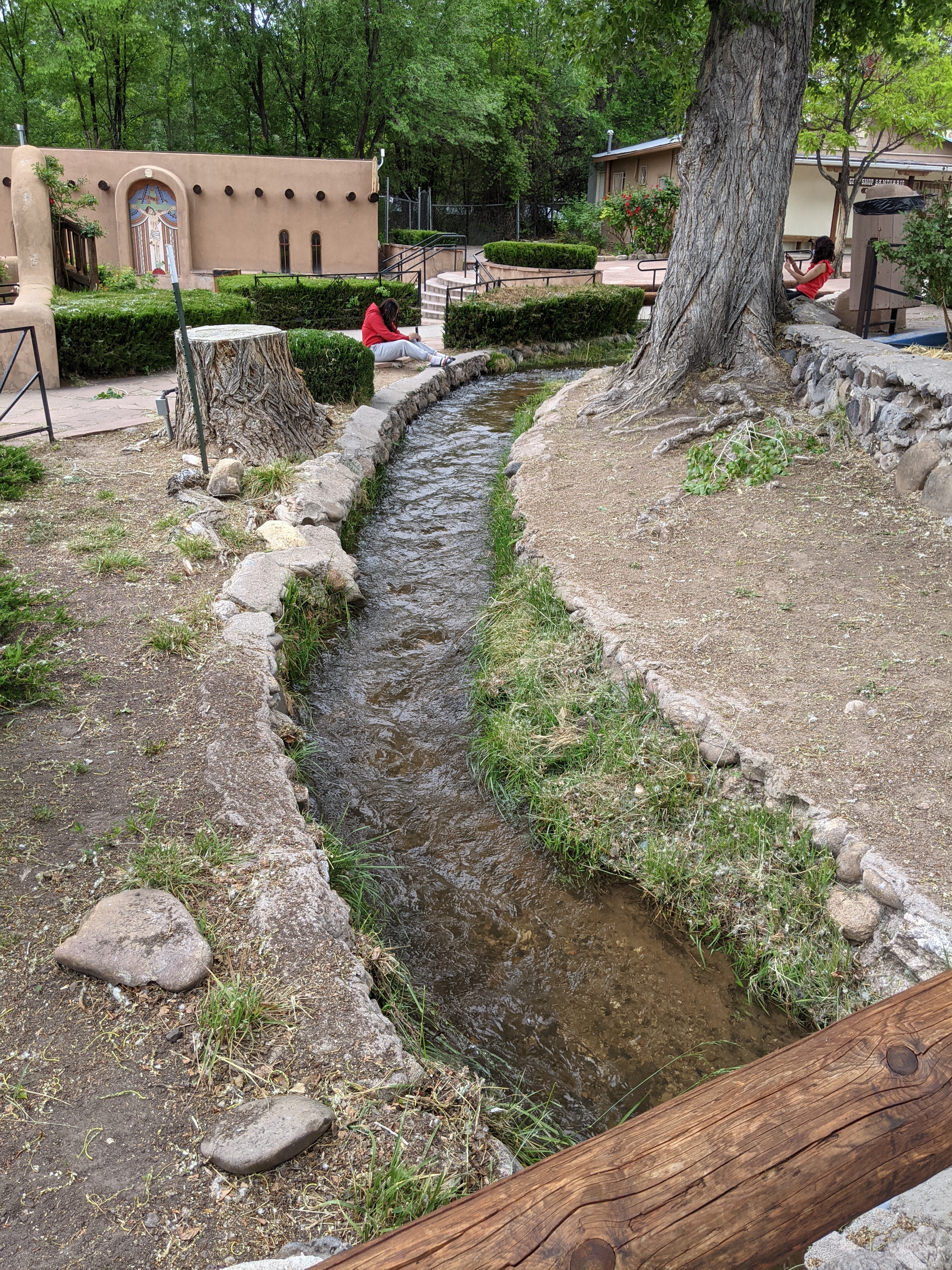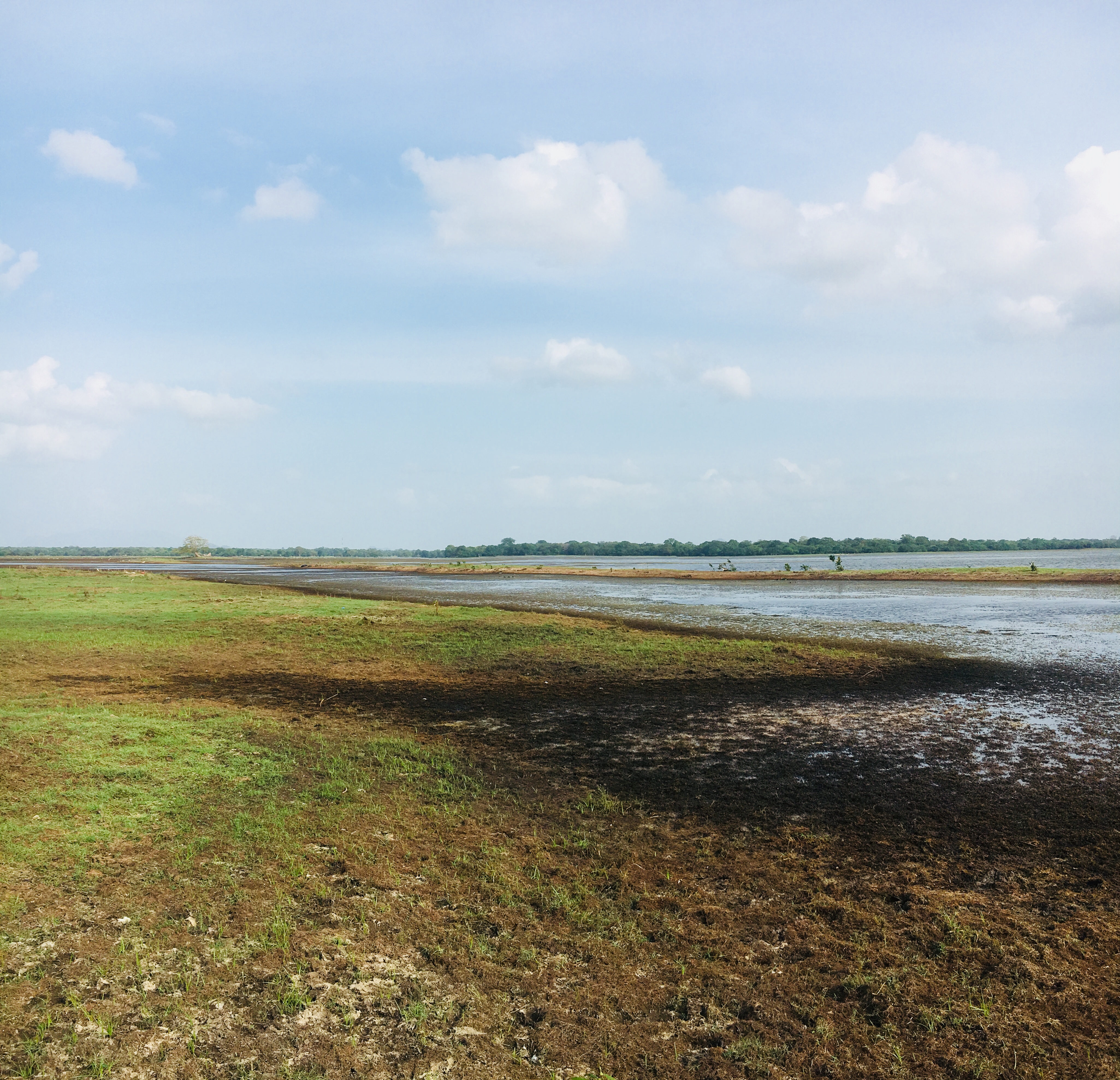|
Yodha Ela
Yoda Ela (Giant Canal) or Jaya Ganga, an long single banking water canal carrying excess water to Tissa Wewa reservoir from Kala Wewa reservoir in Anuradhapura. The Yodha Ela is known for achieving a rather low gradient for its time. The gradient is about 10 centimetres per kilometre or 6 inches per mile. Construction Yodha Ela was constructed during King Dhatusena's reign in 459 AD. It is long. It is a trans-basin diversion canal transferring water from Kala Oya Basin to Malwathu Oya Basin. It has a gradient of the order of drop along . Even with modern day survey equipment it would be difficult to achieve such accuracy. Yodha Ela not only feeds Tissa Wewa, but also the nearby Abhaya Wewa and Nuwara Wewa. A separate branch of the canal has then already brought water to the Nachchaduwa wewa. [...More Info...] [...Related Items...] OR: [Wikipedia] [Google] [Baidu] |
Kala Oya
The Kala Oya is the third longest river in Sri Lanka. The long river has a basin size of , and more than 400,000 rural population live by the river basin. Its catchment area receives approximately 3,169 million cubic metres of rain per year, and approximately 5 percent of the water reaches the sea. It has a catchment area of 1,792 square kilometers. Tributaries * Dambulu Oya * Mirisgoni Oya * Hawanella oya * Moragolla Oya * Maninda Oya See also * List of dams and reservoirs in Sri Lanka * List of rivers of Sri Lanka The following table lists most rivers of Sri Lanka. Since Sri Lanka is a trilingual country, some rivers may have a Sinhala name (i.e. Kalu Ganga), while other have an English name (i.e. Kelani River). There are two words meaning "river" in th ... References {{SriLanka-river-stub Rivers of Sri Lanka ... [...More Info...] [...Related Items...] OR: [Wikipedia] [Google] [Baidu] |
Tank Cascade System
The tank cascade system () is an ancient irrigation system spanning the island of Sri Lanka. It is a network of thousands of small irrigation tanks () draining to large reservoirs that store rainwater and surface runoff for later use. They make agriculture possible in the dry-zone, where periods of drought and flooding otherwise make it difficult to support paddy fields and livestock. Originating in the 1st millennium BCE, the system was designated as a Globally Important Agricultural Heritage System by the United Nations Food and Agriculture Organization in 2017. Centralized bureaucratic management of large-scale systems was implemented from the 3rd to the 13th centuries. Small-scale systems continued to be well-maintained up until the abolishment of rajakariya, compulsory labor, following British Uva Rebellion, consolidation of control over the island. Efforts since independence to rehabilitate the tanks have resulted in much of the system being restored, as well as the additi ... [...More Info...] [...Related Items...] OR: [Wikipedia] [Google] [Baidu] |
Acequia
An acequia () or (, also known as síquia , all from ) is a community-operated watercourse used in Spain and former Spanish colonies in the Americas for irrigation. Acequias are found in parts of Spain, the Andes, northern Mexico, and what is now the Southwestern United States (northern New Mexico and southern Colorado). In the United States, the oldest known irrigation canals are in Arizona and date back to 1200 BCE. Irrigation was extensively used by the Pueblo peoples in New Mexico in the Pre-Columbian era. Spanish colonizers arrived in New Mexico in 1598 and brought irrigation methods from Iberia based on the Arab Agricultural Revolution. Scholars describe acequias as "technological systems that are designed, maintained, and operated to meet a variety of productive goals, social services, and health needs, with the practice of irrigated agriculture being of paramount importance." The traditional form of governance over acequias survives in New Mexico and southern Col ... [...More Info...] [...Related Items...] OR: [Wikipedia] [Google] [Baidu] |
Parakramabahu I
Parākramabāhu I (Sinhala language, Sinhala: මහා පරාක්රමබාහු, 1123–1186), or Parakramabahu the Great, was the List of Sinhalese monarchs, king of Kingdom of Polonnaruwa, Polonnaruwa from 1153 to 1186. He oversaw the expansion and beautification of his capital, constructed extensive irrigation systems, reorganised the country's army, reformed Buddhist practices, encouraged the arts and undertook military campaigns in Pandyan Civil War (1169–1177), South India and Pagan Kingdom, Burma. The adage, "Not even a drop of water that comes from the rain must flow into the ocean without being made useful to man" is one of his most famous utterances." In 1140, Parakramabahu following the death of his uncle, Kitti Sri Megha, Prince of Dakkinadesa, ascended the throne of Dakkhinadesa. Over the next decade, improved both Dakkhinadesi infrastructure and military. Following a protracted civil war, he secured power over the entire island around 1153 and remaine ... [...More Info...] [...Related Items...] OR: [Wikipedia] [Google] [Baidu] |
Nachchaduwa Wewa
Nachchaduwa wewa (Also known as Mahadaragala Reservoir) is a reservoir near Thammannakulama, Sri Lanka Sri Lanka, officially the Democratic Socialist Republic of Sri Lanka, also known historically as Ceylon, is an island country in South Asia. It lies in the Indian Ocean, southwest of the Bay of Bengal, separated from the Indian subcontinent, .... The reservoir is used to store water brings from Kala Wewa through Yodha Ela channel. The reservoir was severely damaged in 1957 flood and the restoration of the tank was completed in 1958. History This tank is believed to be one of the sixteen large reservoirs built by King Mahasen (277 – 304). It is said that he built this tank to supply water to the city and to safeguard the city from floods. However the chronicle Mahavamsa have made a reference to this reservoir during the time of King Moggallana II (540 - 560). References Reservoirs in Sri Lanka Lakes of Sri Lanka {{NorthCentralLK-geo-stub ... [...More Info...] [...Related Items...] OR: [Wikipedia] [Google] [Baidu] |
Abhayavapi
Abhaya Wewa ( Sinhalese: ), historically Abhayavapi ( Sinhalese: ) or Bassawakkulama reservoir, is a reservoir in Sri Lanka, built by King Pandukabhaya who ruled in Anuradhapura Anuradhapura (, ; , ) is a major city located in the north central plain of Sri Lanka. It is the capital city of North Central Province, Sri Lanka, North Central Province and the capital of Anuradhapura District. The city lies north of the cur ... from 437 BC to 367 BC, after constructing the city. It was constructed in 380 BC. The dam of the reservoir is 10 m high. The water of the reservoir is also accumulated in the Giritale and Kantalai. Currently, the reservoir is about 255 acres. The embankment of the reservoir is about 5910 feet long and 22 feet high above the sill level of the sluice. Size Area is ; the length of the ''Waw Kandiya'' ( Sinhalese: English: embankment) is and height is . The width of the top of the embankment is to . Purpose Built inside the ancient Anuradhapura, it ... [...More Info...] [...Related Items...] OR: [Wikipedia] [Google] [Baidu] |
List Of Surveying Instruments
Instruments used in surveying include: * Alidade * Alidade table * Cosmolabe * Dioptra * Dumpy level * Engineer's chain * Geodimeter * Graphometer * Groma (surveying) * Laser scanning * Level * Level staff * Measuring tape * Plane table * Pole (surveying) * Prism (surveying) (corner cube retroreflector) * Prismatic compass (angle measurement) * Ramsden surveying instruments * Ranging rod * Surveyor's chain * Surveyor's compass * Tachymeter (surveying) * Tape (surveying) * Tellurometer * Theodolite ** Half theodolite ** Plain theodolite ** Simple theodolite ** Great theodolite ** Non-transit theodolite ** Transit theodolite ** Seconds theodolite ** Electronic theodolite ** Mining theodolite ** Suspension theodolite ** Traveling theodolite ** Pibal theodolite ** Registering theodolite ** Gyro-theodolite ** Construction theodolite ** Photo-theodolite ** Robotic theodolite ** Vernier theodolite * Total station * Transit (surveying) * Tripod (surveying) * Universal ... [...More Info...] [...Related Items...] OR: [Wikipedia] [Google] [Baidu] |
Malvathu River
The Malwathu Oya ( Malwathu Oya, Aruvi Aru) is the second longest river in Sri Lanka Sri Lanka, officially the Democratic Socialist Republic of Sri Lanka, also known historically as Ceylon, is an island country in South Asia. It lies in the Indian Ocean, southwest of the Bay of Bengal, separated from the Indian subcontinent, .... The river originates in the North Central Province of Sri Lanka and enters the sea on the northwest coast, into the Gulf of Mannar, near Vankalai. It is a seasonal river that spans over through paddy and forest lands, which are used by the inhabitants to cultivate for their survival.P.A.C.T. Perera, T.V. Sundarabarathy, T. Sivananthawerl, U. EdirisingheSeasonal variation of water quality parameters in different geomorphic channels of the upper Malwathu Oya in Anuradhapura, Sri LankaTrop. Agric. Res., 25 (2014), pp. 158-170 The river basin covers an area of (with a length of , a maximum width of at an average height of above sea level). Th ... [...More Info...] [...Related Items...] OR: [Wikipedia] [Google] [Baidu] |
River Basin
A drainage basin is an area of land in which all flowing surface water converges to a single point, such as a river mouth, or flows into another body of water, such as a lake or ocean. A basin is separated from adjacent basins by a perimeter, the drainage divide, made up of a succession of elevated features, such as ridges and hills. A basin may consist of smaller basins that merge at river confluences, forming a hierarchical pattern. Other terms for a drainage basin are catchment area, catchment basin, drainage area, river basin, water basin, and impluvium. In North America, they are commonly called a watershed, though in other English-speaking places, " watershed" is used only in its original sense, that of the drainage divide line. A drainage basin's boundaries are determined by watershed delineation, a common task in environmental engineering and science. In a closed drainage basin, or endorheic basin, rather than flowing to the ocean, water converges toward the interio ... [...More Info...] [...Related Items...] OR: [Wikipedia] [Google] [Baidu] |
Dhatusena Of Anuradhapura
Dhatusena was a king of Sri Lanka who reigned from 455 to 473 AD. He was the first king of the Moriyan dynasty. In some records, he is also identified as Dasenkeli. Dhatusena reunited the country under his rule after twenty six years of anarchy, defeating the six Dravidians that were ruling the country at that time. Dhatusena built large reservoirs and canals to augment the agriculture in the country. Early life and becoming king Dhatusena's ancestry is uncertain. The '' Cūḷavaṃsa'', the ancient chronicle of Sri Lanka, tells us that he was of royal lineage whose ancestors had fled the royal capital about three hundred seventy-five years earlier. According to Mahavamsa, His grandfather had lived in Nandivapi Grama (Village) and his father in the name of "Dhata" had lived in Ambilayagugama. He had two sons, Dhatusena (the eldest and future king) and Silathisbodhi. The country was invaded in 433 by Tamils apparently of or related to the Pandyan dynasty from South India, known ... [...More Info...] [...Related Items...] OR: [Wikipedia] [Google] [Baidu] |




